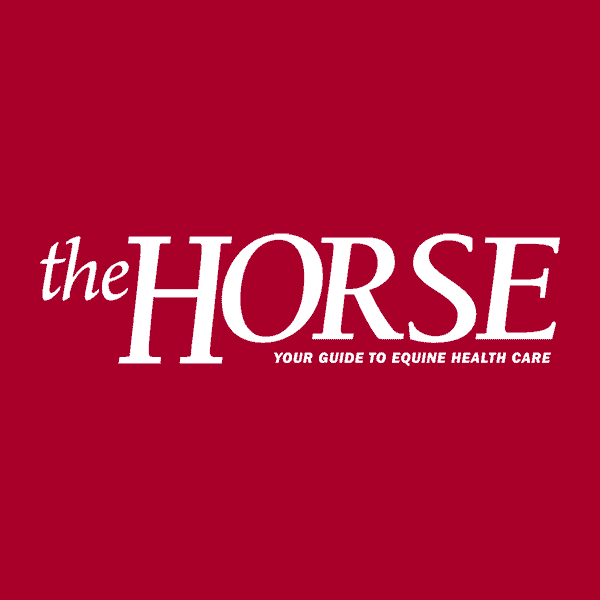Field Reports Support Preliminary UK Research Results
Field reports from farm managers and equine practitioners attending the Equine Industry Task Force meeting Thursday evening, May 2nd appear to strongly support preliminary research results released by the University of Kentucky College of
Field reports from farm managers and equine practitioners attending the Equine Industry Task Force meeting Thursday evening, May 2nd appear to strongly support preliminary research results released by the University of Kentucky College of Agriculture on Wednesday. The preliminary research results indicate an elevated level of foal loss in mares on pasture exposed to eastern tent caterpillars (ETC) or the insects’ waste or frass.
At this time the Equine Industry Task Force is confident in reporting that where ETC concentrations are low in the field, fetal losses are minimal and within normal range. Therefore the task force continues to strongly recommend that horse farms manage and minimize exposure of pregnant mares to eastern tent caterpillars and their frass.
Dr. Tom Riddle, equine practitioner with Rood & Riddle Equine Hospital, reported findings based upon ultrasound examinations of 103 mares with pregnancies of 42 days or greater between April 26 and May 2 ,2002 . Riddle’s findings showed 5 fetal losses. During a similar time period in 2001, examination of 69 mares at the same stage of pregnancy, showed 9 fetal losses. This represents a 62% reduction in fetal losses in 2002 compared to 2001.
Dr. Stuart Brown, equine practitioner with Hagyard-Davidson-McGee Associates, reported that although he is seeing evidence of MRLS fetal losses in the field, there is a significant reduction overall in the incidence as compared to last year
Create a free account with TheHorse.com to view this content.
TheHorse.com is home to thousands of free articles about horse health care. In order to access some of our exclusive free content, you must be signed into TheHorse.com.
Start your free account today!
Already have an account?
and continue reading.

Written by:
The Horse Staff
Related Articles
Stay on top of the most recent Horse Health news with












